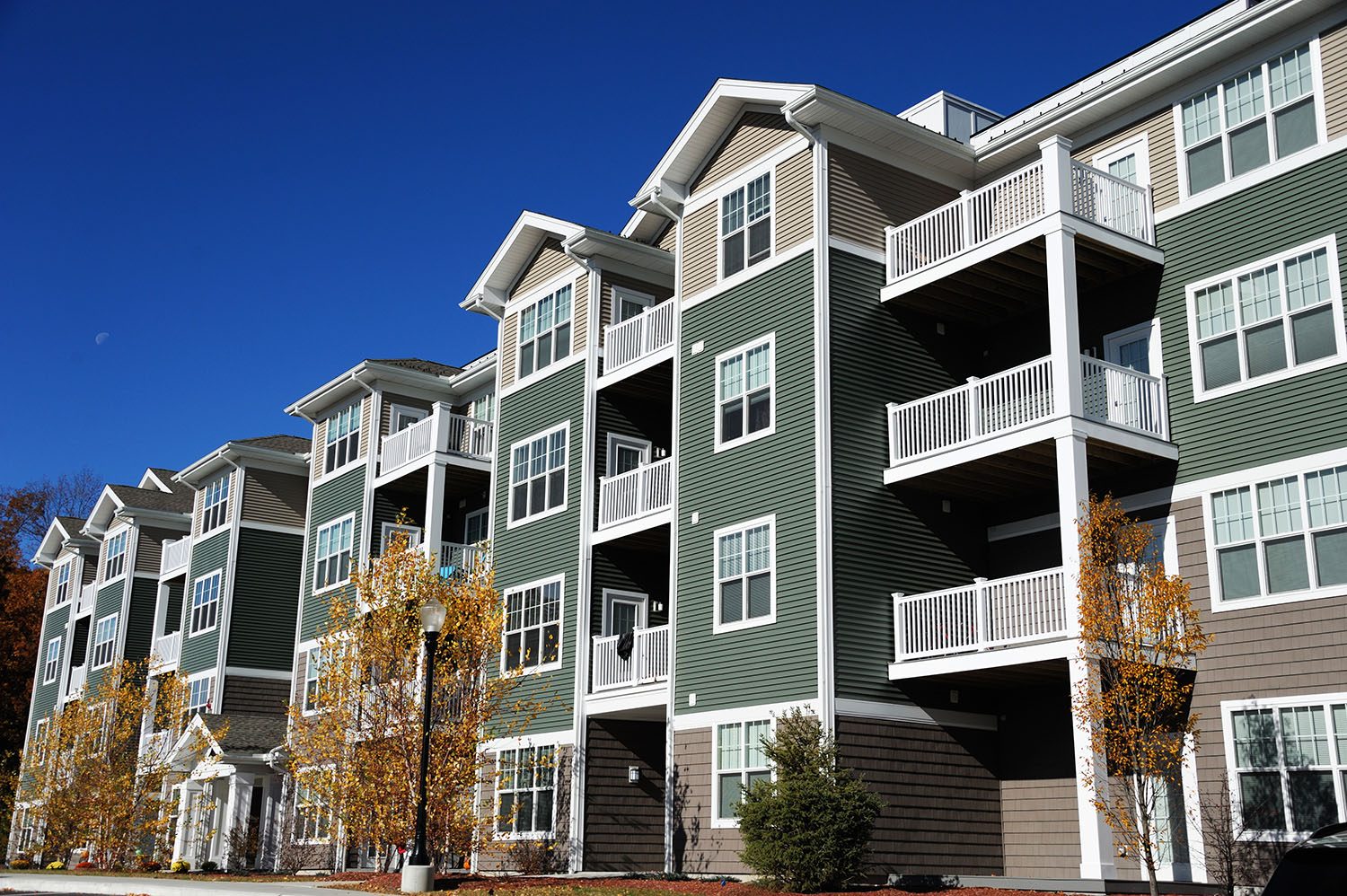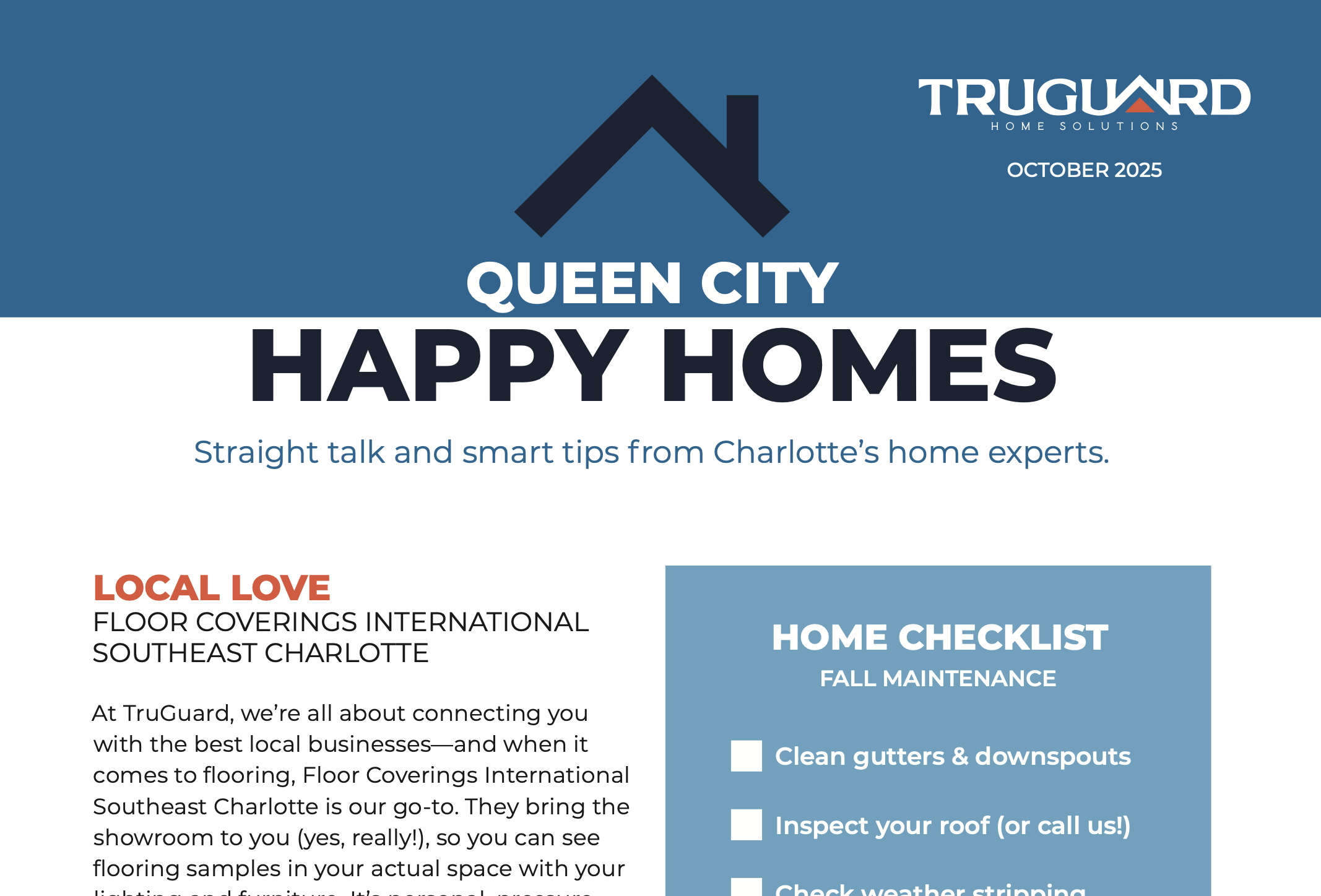How to Carefully Evaluate Your Roof When Buying a New Home
Buying a new home isn’t always easy. You want to make sure you’re setting yourself up for a good, long-term investment. And, that means ensuring that all of the structural aspects of your home are ready to stand the test of time.
As one of the most important parts of your home’s structure, the roof is something you can’t afford to ignore when you’re performing your initial property inspection. While the best thing you can do is get some help from the experts to make sure that you’re not overlooking anything important in your new roof, there are certain steps you can take to make sure you’re spending your money on the right home. For instance:
1. Start with a Visual Inspection
When you start searching for the ideal home, you look at a number of important things, all the way from the size of the yard, to the state of the neighborhood. However, it’s all too easy to overlook the importance of checking your roof for signs of damage.
From a distance, try to examine the roof for any worn spots, missing shingles, or anything else that might indicate an upcoming problem.
2. Do your Homework
Once you’ve visually checked the roof for signs of damage, you can begin to dive deeper into the details. For instance, it’s worth asking the previous owner of the home how old the roof is, so you can get an idea for when it may need to be replaced. There are various warning signs that can appear with an old or outdated roof. The more you know about the current state and history of your roof, the easier it will be to prepare for the future.
3. Look into the Ventilation
If your roof is new, that doesn’t mean that it has an up-to-date ventilation system. It’s worth speaking to your realtor and asking them to find out if they can get further details about the roof installation. An old ventilation system can cause serious problems with your roofing, and even lead to more expensive energy bills.
4. Consider the Drainage System
Before you call the experts over at Bellhops Moving Charlotte, it’s worth making sure that you’re not moving your belongings into a home that’s going to suffer from damp and mildew. Check the drainage system, including your gutters and downspouts to make sure that they’re properly directing water away from your property. This should help to protect you from any immediate damage to the inside of your home.
5. Repair Leaks Immediately
Finally, if you get inside of your property and notice wet patches or dripping around the walls or attic, then it’s important to make sure that you have these problems repaired immediately. Even the smallest leak can damage everything from your insulation to your floors and furniture. Don’t try and fix the issue yourself either. Just because you spot evidence of a leak in one space doesn’t mean it’s limited to that area. A professional team will help to protect you from long-term damage.


